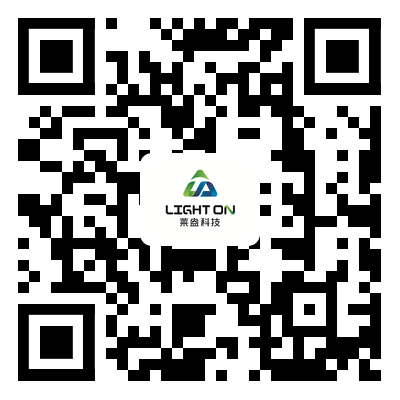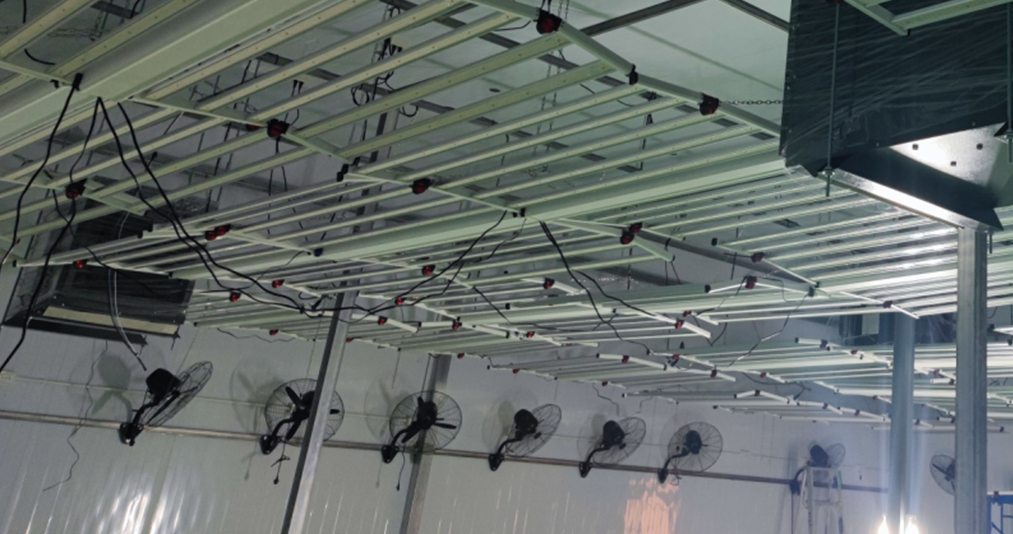Is there an industry standard for greenhouse plant supplemental lighting? How to avoid traps when buying?
2021-01-06
Supplemental Plant grow light is an important component of greenhouse lighting environment regulation. With the gradual promotion of China domestic greenhouse plant supplement light applications, it is increasingly used in the cultivation of flowers, fruits, melons, and strawberries in autumn and winter. However, compared with some European and American countries, lack of quality evaluation standards for greenhouse plant supplementary lighting in domestic, coupled with the wide variety and uneven quality of supplemental lights on the market, has led to blind purchases, poor supplementary lighting effects, and energy waste. As a result, the market for plant supplementary lights is chaotic, and the healthy development of the industry is hindered.
Key progress has been made in domestic greenhouse plants supplementing light. The "Technical Specification for Quality Evaluation of Greenhouse Plant Supplementary Lights" (hereinafter referred to as the "Specifications") formulated by the Ministry of Agriculture and Rural Affairs was finally released and implemented recently after two years of compilation. This means that the domestic greenhouse plant supplement light market has officially clarified the industry entry threshold.
This specification clearly stipulates the industry terminology, core parameter requirements, quality and safety requirements, testing methods and rules of greenhouse plant supplementary lights. It is not only applicable to the quality evaluation of high-pressure sodium lamps and LED lamps for plant growth, but also other light sources. Plant supplemental light can also refer to use.
1.Clear standards have been made on Power, PPF, PPE
This standard makes clear requirements for the key parameters of plant supplemental light products.
First of all, the specification stipulates that the error between the initial power value and the rated power value should not exceed ±10%, which will effectively avoid the phenomenon of industry false standard parameters; the power factor ≥0.90 is required to reduce the impact on the power grid when the facility agriculture uses high power .
Secondly, the specification also provides for photosynthetic photon flux (referred to as PPF, which can be used for plant photosynthesis with a wavelength of 280nm~800nm photon flux), photon flux efficiency (referred to as PPE, The optical characteristics such as the number of photons emitted per unit time) are required to enter threshold performance requirements. It is stipulated that the initial PPF value of high-pressure sodium lamps and LED lamps should not be less than 90% of the nominal value, and the PPE of high-pressure sodium lamps should not be less than 1.0 μmol/(s•W ), the PPE of the LED light is not less than 1.5 μmol/(s•W).
In addition, the lamp lifetime is also one of the product performance that users are most concerned about. The specification stipulates that the maintenance rate of photon flux should not be less than 70% (light decay should not exceed 30%) when high-pressure sodium lamps and LED lamps are ignited for 20,000 h and 30,000 h.
2.The identity information of light should be standardized before leaving the factory
In addition, the specification also requires that the lamps should be marked with at least the source mark, rated voltage, rated power, IP digital mark, product model and other identification information of the lamp. The purpose is to regulate the product management so that users can better understand product information and purchase. At the same time, it is more important to provide CCC, ETL, UL and other certification certificates to ensure product safety.
The release of the "Technical Specification for Quality Evaluation of Greenhouse Plant Supplementary Lights" will set an entry threshold for the greenhouse plant supplementary light market and guide the healthy development of the two major industries of plant supplementary light and facility gardening.
The products of Light On Technology are now better than the industry standard
As a global photo biological system technology provider and a practitioner of overall solutions for plant factories, Light On Technology continues to explore the field of greenhouse light supplementation, and all aspects of its product performance are now fully superior to industry standards.
The PPE of Light On Technology LED grow light is higher than 2.4 μmol/(s•W). Among them, the MODEL S and Model F series are mainly used in indoor farms or vertical rack farming. The PPE can be as high as 3.0 μmol/(s•W) and large The power factor is ≥0.95, which is also significantly higher than the standard.
In terms of light protection and lifetime, the specification requires that the lamp housing should be dustproof and waterproof. The Light On Technology greenhouse supplemental light products meet or exceed the IP65 rating, which can effectively cope with the high temperature and humidity environment in the greenhouse. According to actual measurement, the maintenance rate of the photon flux of Light On Technology lamps and lanterns at 36000h is ≥90%, the light decay rate is slower and the service life is longer.
Light On Technology has successively developed the foldable Model F series and the Spider Model S series in the application of greenhouse light supplementation, which are suitable for indoor farms and vertical planting racks. At the same time, light on technology also provides multi-combination plant growth light products such as the Model L supplement light series, widely used in outdoor greenhouses, MODEL P for indoor personal grow. Light On Technology is able to provide more comprehensive lighting solutions for full-cycle farms, greenhouse growers and scientific researchers. Welcome you to send inquiries.







